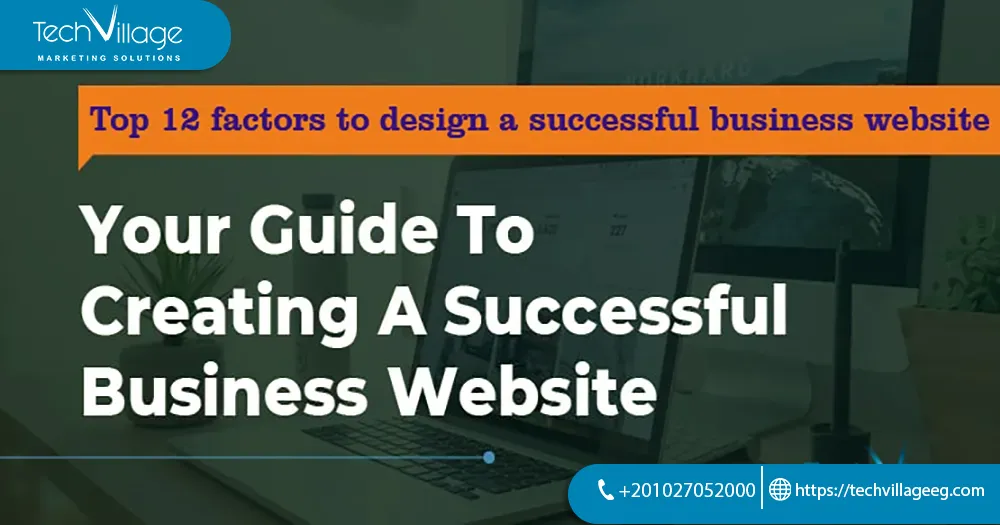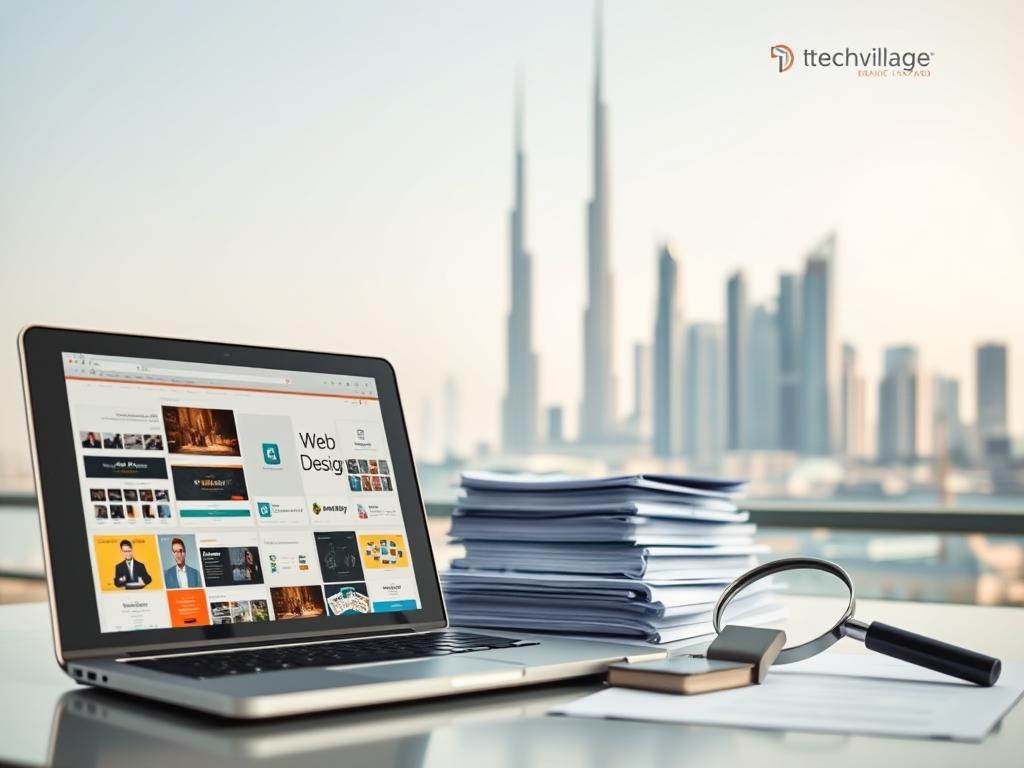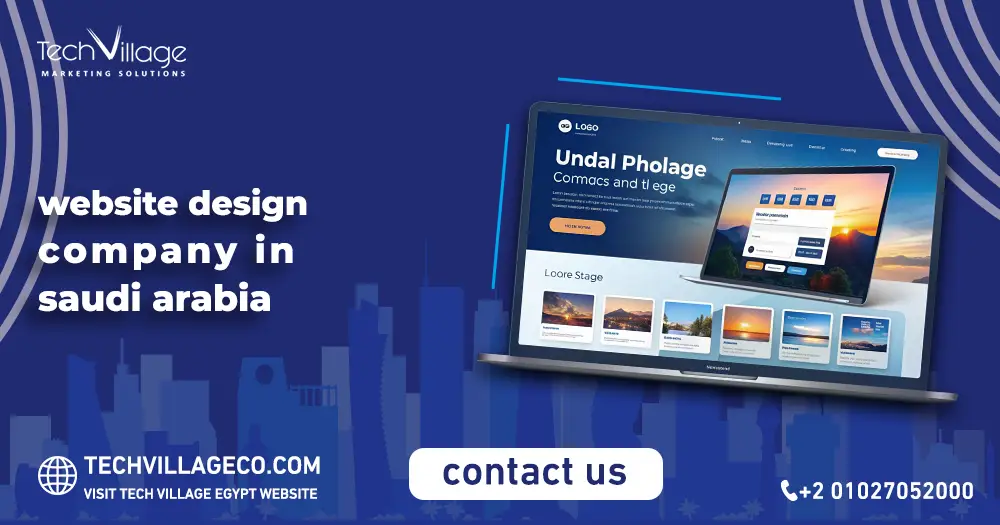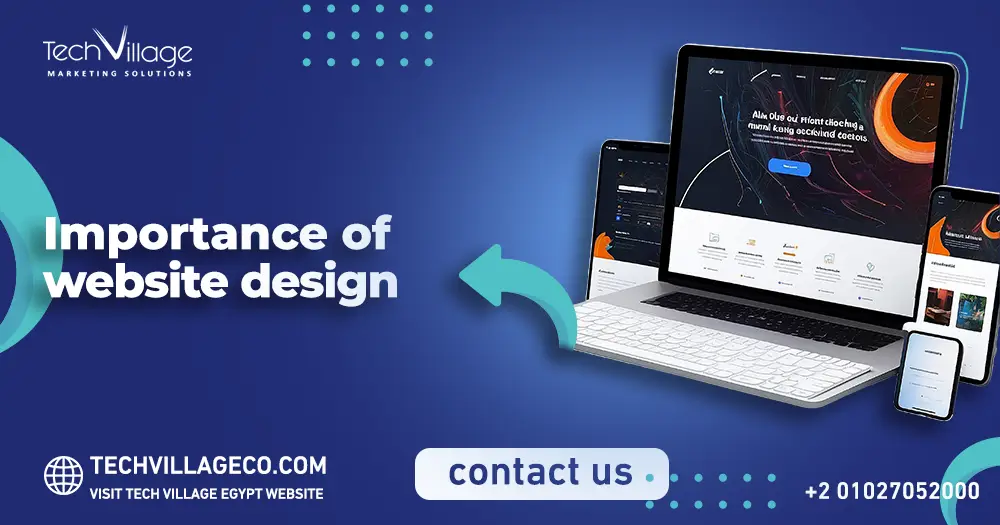Business owners understand the importance of their online presence and consider their investment in building a website for their business as essential, given the multiple benefits a website can provide to a business.
As a result, the Internet contains millions of websites in all areas of life without exception. The fast pace of life may have helped fuel this digital trend of business activities. This was helped by the digitization of payment methods, business management, and the completion of buying, selling, and trading operations.
But it is noticeable that not all websites on the Internet have the same degree of success and spread.
This is due to many factors, the most prominent of which is the design element. It has been proven that website design has a huge role in how successful or unsuccessful a website is. Therefore, large business owners invest in the website design, and pay attention to all its details, with the same attention they give to all other aspects of their work.
From here the term effective website design arose, which refers to the website that achieves the desired goal of being able to convey the message to the audience, and also enables the site visitor to participate and interact with the site.
In this article, we will explain the most important factors that we must take into account in order to reach an effective website design, capable of achieving the objectives of the organization, including increasing public awareness of the brand, building customer confidence, enhancing loyalty factor of existing customers, and the ability to attract more potential customers.
9 factors to design a successful business website
1. The purpose of the website
There are a lot of goals that a company wants to achieve with their website, and hence the website design should go with that goal.
The site may aim to transmit information, be a sports site, or sell a product.
In any case, there are basic purposes that unite all websites, which are:
- Introducing the company’s activities and experiences
- Increase public awareness of the brand
- Attract more potential customers
- Increase Sales
- Provide after-sales services
Ensure the success of a website with a distinguished website design company.
2. Simplicity factor
The simplicity of the website design is considered the cornerstone in obtaining visitor satisfaction and providing an outstanding user experience.
For this, the following items must be taken care of:
Choice of colors
Colors are the first thing a user sees when they visit a website, and a lot depends on their level of experience using the website.
It is recommended that the colors be chosen inspired by the colors used in the brand to so that the visitor does not get distracted. It is also advised not to use a lot of colors and prefer to use x colors as a maximum. And deliberately using colors that are comfortable to the eye and cheerful, affects the visitor’s behavior towards your brand.
Typography
Typography has a pivotal role in communicating the message to your audience and visitors, as it can be considered the visual interpretation of that message that you want to direct to the audience.
Typography includes visual typing, i.e. choosing font fonts and sizes. The design of the website must take into account the use of no more than 3 fonts and not exaggerate the size of the writing, whether by increasing or decreasing, the important thing is always the readability of the text without effort.
Imagery
What is meant here is the use of images in the website design. This includes still images, videos, shapes, and graphs.
They should be in tune with your business’s branding, be clear and accurately convey the message you want to deliver to your website visitors.
Images have an important role in forming the audience’s initial impressions. Therefore, images must be of high quality, to give the audience the impression of credibility, confidence, and professionalism.
3. Navigation
One of the most important factors affecting the user experience is the ability to navigate between the different pages of the site. The smoother and faster the user navigates between pages, the more he wants to stay on the site for a longer time. It is always recommended that navigation between pages is consistent, easy, and intuitive.
4. F-shaped reading direction
Effective website design includes an F-based reading pattern, which is the dominant and most common pattern in website designs. Where studies have proven that the most readable area is in the upper left area of the page in the direction of the right (for sites written in one of the Latin languages).
If the website design is in line with the natural reading pattern, the more comfortable it is for the user.
5. Content display sequence
Visual hierarchy is one of the best ways to present content, as it gives the impression to the visitor where to find important information.
Visual hierarchy is the arrangement of content elements according to their importance.
This method can be followed by using font size and type, color, or by using images and white spaces between paragraphs.
6. Content Quality
The effect of a good page design only lasts for a few moments, as the visitor begins to explore the content, reading the text.
At this stage, the text must be good in terms of wording, the integrity of language, not being complicated, and working to communicate the information clearly and adequately.
The ambiguity of the content or the use of language that is not convincing to the visitor may cause him to leave the site and lose him as a potential customer.
7. Rely on grids in design
Grids help make pages look neat and tidy, in terms of alignment and consistency of text both horizontally and vertically.
The adoption of the design of the website on grids gives the layout of the page more beauty, organization, and consistency.
8. Loading time
Websites that have a long loading time are not among the sites preferred by visitors.
Visitors expect the page to load time between 1-2 seconds, but if the time exceeds that, the visitor gets bored, and leaves the site looking for what he wants elsewhere
9. Mobile Compatibility
In the recent era, there has been increasing use of mobile devices such as mobile phones and tablets, especially those devices that run on different operating systems such as Android and iOS.
It is important that your website is compatible with different screens of mobile devices, especially touch screens.

 AR
AR




